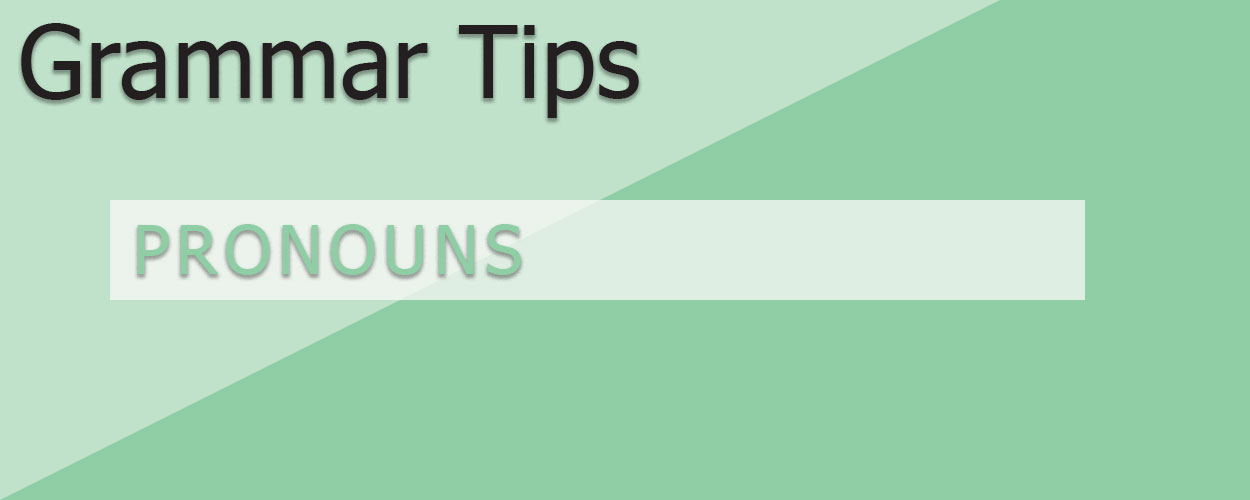

Posted: June 4, 2024
For some reason, there is a lot of confusion regarding pronouns. This, I think, stems from an inability to accept those in the LGBTQIA+ community who’ve changed their pronouns, paired with a lack of understanding. This confusion comes from those who say, “I refuse to use pronouns at all!” Kind of silly, isn’t it? So, what’s the real deal with pronouns? What are they and how are they used?
A pronoun is a word such as she or who which refers to a noun. It is used in place of that noun to pair with a verb. You must take special care with pronouns, as their meaning comes from the words they refer to.
Pronouns can function one of three ways in a sentence, and that’s all to do with which case they take on.
The subjective case indicates that the word is a subject or subject complement.
The objective case indicated that the word is an object of a verb or preposition
Object of verb
The possessive case indicates that the word owns or is the source of a noun in the sentence.
Irregular plurals can come in many shapes in the English language. The chart below offers a few different types.
Subjective
Objective
Possessive
I
you
he
she
it
we
you
they
who
whoever
me
you
him
her
it
us
you
them
whom
whomever
my, mine
you, your
his
her, hers
its
our, ours
your, yours
their, theirs
whose
-
Aaron, J.E. & Morrison, A. The Little, Brown Compact Handbook, 5th Canadian ed. Pearson, 2013, chap 5
Tigerpetal Press is a small book press dedicated to publishing local authors and poets.